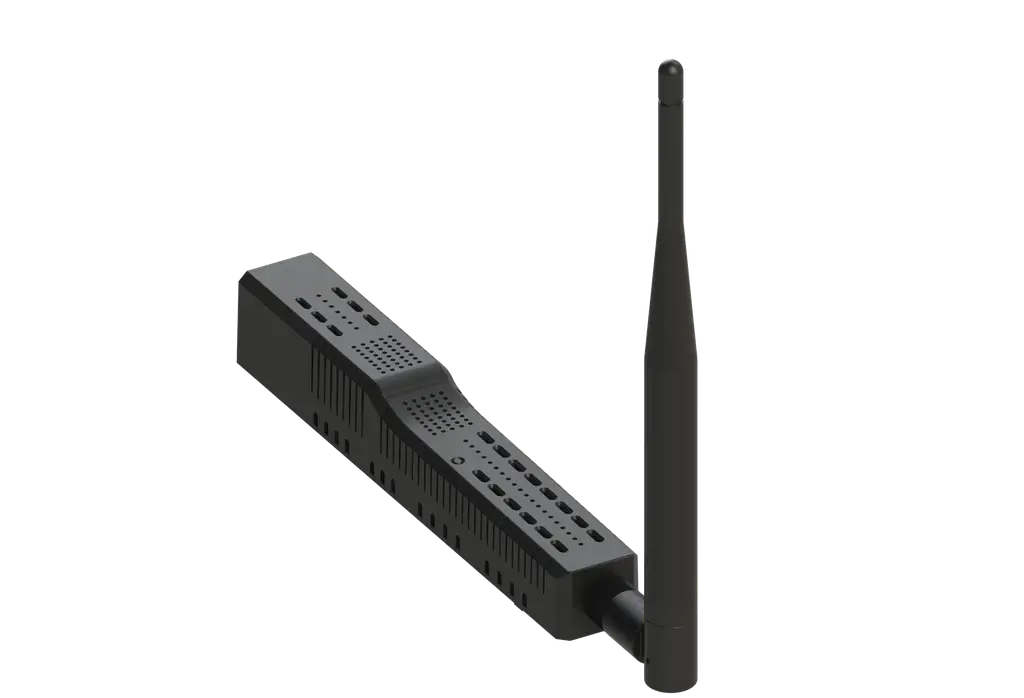In a true Thinking Home, communication is everything. Your smart devices, from lights and sensors to thermostats and cameras, need a way to talk to each other and to your central hub – the brain of your system. While Wi-Fi is the familiar language of the internet, a robust and reliable smart home needs a more diverse nervous system built upon specialized communication protocols.
Think of your smart home as a small army of devices, and your hub as the General giving orders.
- A Wi-Fi Network shouts: In a traditional Wi-Fi setup (known as a star topology), every device communicates directly with your central router. It’s like the General shouting orders, and only soldiers within direct earshot or without obstructions can hear. Each device requires a unique IP address and maintains a persistent connection, which can lead to network congestion and is power-hungry, making it less ideal for small, battery-operated sensors. While Wi-Fi is great for high-bandwidth devices like security cameras and smart speakers, it struggles as the sole foundation for an entire sensor network.
- A Mesh Network passes notes: This is where protocols like Zigbee and Z-Wave shine. In a mesh network, devices act as interconnected nodes that can relay information to each other. The General gives a note to the nearest soldier, who then passes it along to the next, and so on, until it reaches the intended recipient, even if they are on the other side of the battlefield. This creates a self-healing, robust web with greater range and reliability than a standard star network.
For building the core sensor and control network of a Thinking Home, two low-power, mesh-networking technologies have dominated for over a decade: Zigbee and Z-Wave.
Zigbee: The Open and Versatile Mesh Zigbee is a global, open standard, known for its massive and diverse ecosystem of affordable devices from hundreds of manufacturers. It operates in the 2.4 GHz radio band, similar to Wi-Fi. A Zigbee network consists of a single Coordinator, mains-powered Routers (like smart plugs and switches that repeat signals), and battery-powered End Devices (like sensors that sleep to conserve energy).
- Strength: Huge device ecosystem, low cost, open standard.
- Weakness: Operates in the crowded 2.4 GHz band, leading to potential Wi-Fi interference. Proper channel selection and physical separation from Wi-Fi routers are crucial best practices.
Z-Wave: The Fortress of Reliability Z-Wave takes a different approach, prioritizing reliability and interoperability through a more tightly controlled ecosystem. Its key advantage is operating in the sub-gigahertz frequency band (e.g., 908.42 MHz in the US), which avoids Wi-Fi and Bluetooth interference. These longer wavelengths penetrate walls more effectively and bend around obstructions, leading to superior in-home reliability.
- Strength: Excellent reliability, no Wi-Fi interference, stringent security certification (S2 Security framework) .
- Weakness: Generally a smaller and more expensive device ecosystem than Zigbee.
Matter over Thread: The Promising Future (Still Maturing)
Matter has been heralded as the future, a unifying standard developed by tech giants like Apple, Google, and Amazon, designed to allow all Matter-certified devices to work seamlessly together. It runs over IP-based networks, most notably Thread, a low-power mesh network that also operates in the 2.4 GHz band.
- Strength: Future-proof standard, promises Multi-Admin Control (a single device controlled by multiple platforms), IP-based.
- Weakness: As of mid-2025, the ecosystem is still in its infancy. Device selection is smaller and often more expensive, and initial versions sometimes expose only basic device features.
For now, building a powerful and feature-rich Thinking Home often involves using the mature and robust ecosystems of Zigbee and Z-Wave as your foundational workhorses. As the author discusses in The Thinking Home, choosing your communication protocols wisely is a core tenet of Intelligent Sovereignty, allowing you to assert ultimate authority over your system’s reliability.
For a detailed technical comparison of these protocols and their specific features, including the various trade-offs involved, dive into Appendix E: Understanding Smart Home Protocols in The Thinking Home.

